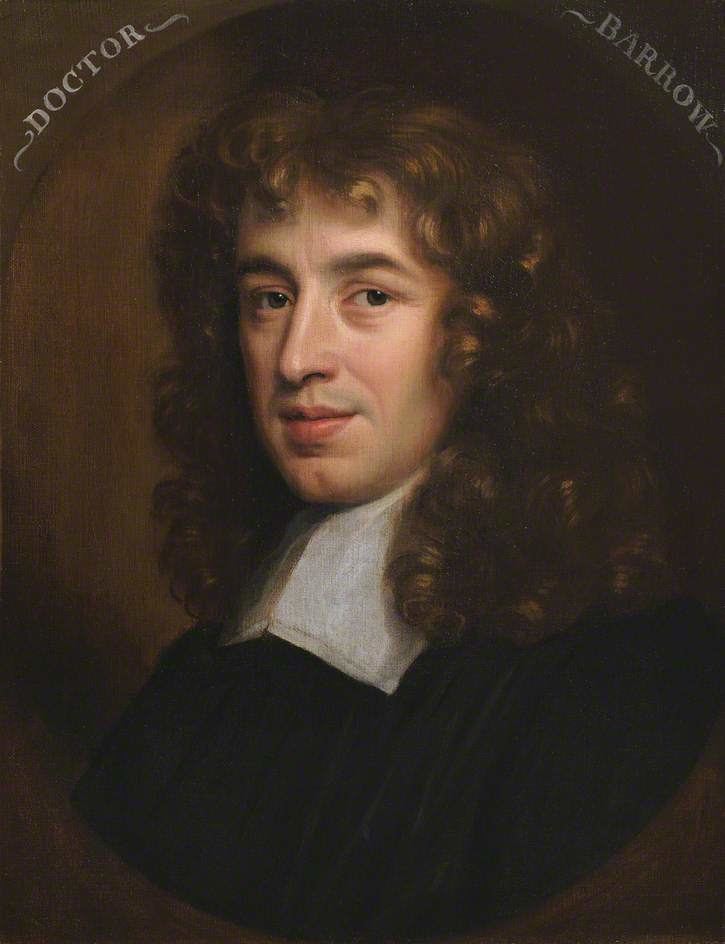Spoken style My Lord | Religious style Bishop Name Isaac Barrow | |
 | ||
Reference style The Right Reverend | ||
Isaac barrow and other great mathematicians of gresham college professor tony mann
Isaac Barrow (1613 – 24 June 1680) was an English clergyman and Bishop, consecutively, of Sodor and Man and St Asaph, and also served as Governor of the Isle of Man. He is sometimes confused with his more famous namesake and nephew, Isaac Barrow (1630–1677), the mathematician and theologian.
Contents
- Isaac barrow and other great mathematicians of gresham college professor tony mann
- Isaac barrow
- Origins and early career
- Ecclesiastical advancement
- Bishop and Governor of Man
- Bishop of St Asaph
- References
Isaac barrow
Origins and early career
Barrow was the son of Isaac Barrow of Spinney Abbey, Wickham, Cambridgeshire, a landowner and justice of the peace for over forty years. In July 1629 he was admitted to Peterhouse, Cambridge, of which he became a fellow in 1635. In 1641 he was appointed rector of Hinton, a college living, but was expelled by the Presbyterians in 1643. Thereafter, he served as a chaplain at New College, Oxford, until the surrender of Oxford to the Parliamentary army in 1646.
Ecclesiastical advancement
Following the Restoration (and by now a Doctor of Divinity), Barrow received back his fellowship at Peterhouse and was appointed a Fellow of Eton College on 12 July 1660. In 1660 he was also presented to the rectory of Downham, in the diocese of Ely.
Bishop and Governor of Man
In July 1663, having resigned his fellowship of Peterhouse in the previous year, he was consecrated bishop of Sodor and Man. His nephew preached the consecration sermon. In April 1664, the Earl of Derby also appointed him Governor of the Isle of Man. During his brief residence there he acquired a liberal and reforming reputation, establishing schools and improving the livings of the impoverished clergy. By virtue of his establishment in 1668 of the Bishop Barrow Trust, he is generally regarded as the founder of King William's College (where his arms are displayed on the badge), although the school did not open until 1833.
Bishop of St Asaph
Returning to England for the sake of his health, Barrow lived at Cross-Hall, in Lathom, Lancashire, a house belonging to the Stanley family. On 21 March 1669, he was translated to the bishopric of St Asaph, but he was permitted to hold the see of Sodor and Man in commendam until October 1671, in order to defray the expenses of his translation. At St Asaph, he again displayed energy and zeal, carrying out substantial repairs to the cathedral church and the episcopal palace, as well as building in 1673 an almshouse for eight poor widows. He died at Shrewsbury in 1680 before his plans for a free school at St Asaph came to fruition, but his successor received £200 from his executors to that end.
Barrow did not marry. He is buried in the Cathedral churchyard at St Asaph, where his tombstone was the cause of some theological controversy. It invited those entering the church to pray for his soul – a Catholic practice not generally promoted in the Church of England.
